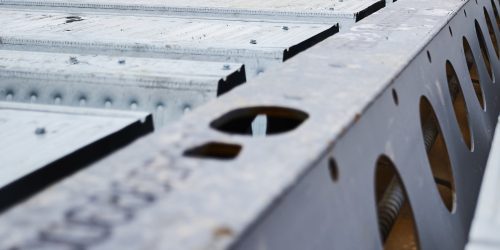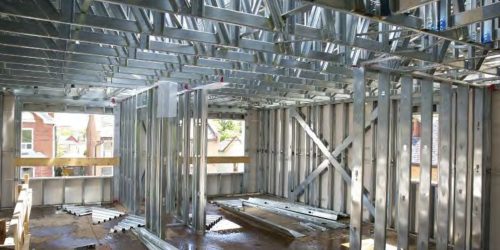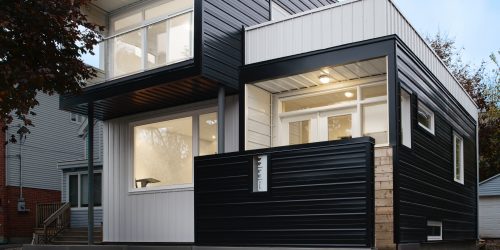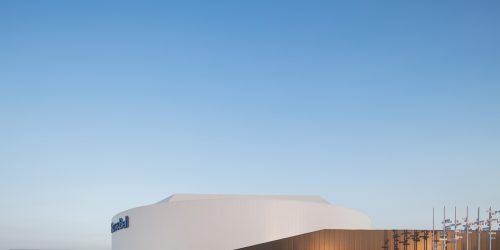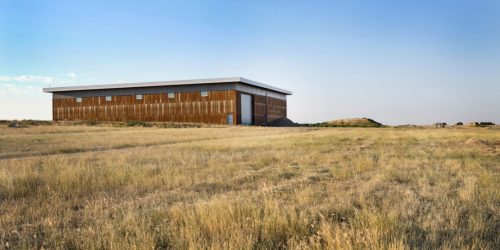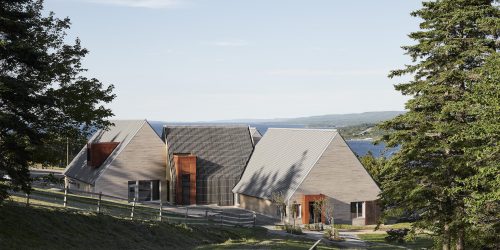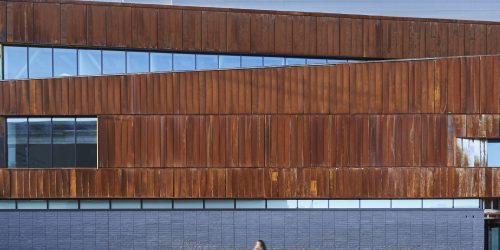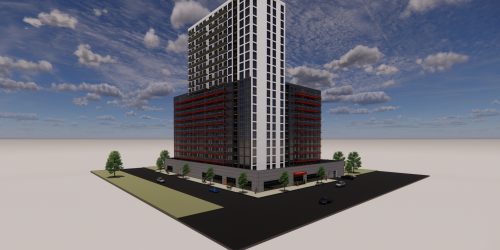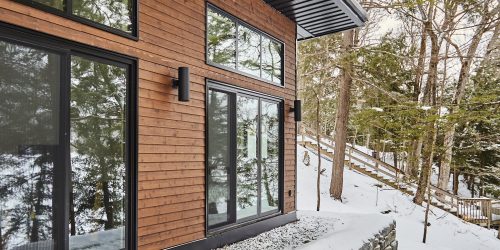Building in the middle of the anthill
Scheduling and quick construction is key for developing in busy cities
Story: Ian VanDuzer
Photography: Daniel Banko
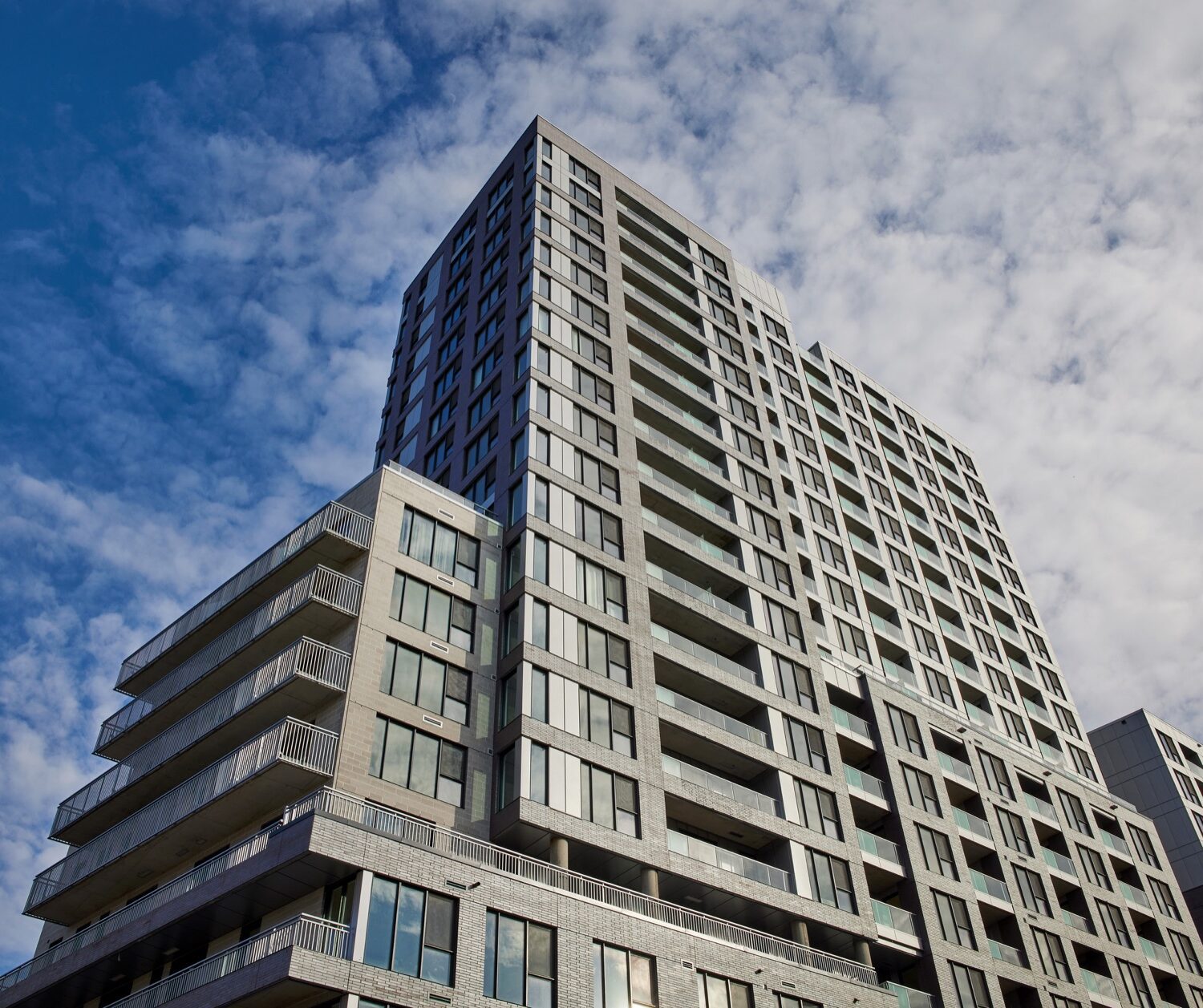
Montreal is a city like none other in North America: a beating heart of Quebecois culture and history in a bustling modern metropolis. There are countless reasons to love the city: from the best bagels on the continent, to famous smoked meat sandwiches, to the oldest hockey team in the NHL, the Montreal Canadiens.
But for developers, Montreal is a tough nut to crack: Canada’s second largest city (overtaken by Toronto in the 1970’s) is set on an island near where the Ottawa and St. Lawrence Rivers meet. Bordered by other cities on both its north and south shores, Montreal is a concentrated hub of people, history, and culture. The city-proper has the same population density as Toronto—Montreal squeezes 4.8 thousand people per square kilometer compared to Toronto’s 4.4 thousand—but in just two-thirds of the total area (430 km2 versus 630 km2). And the island on which most of the city lives is the most-populated island in Canada.
Things are tight on the Île de Montréal, which makes real estate development absolutely crucial as the city continues to grow. On the site of the former Maison de Radio-Canada—a brown-sided icon in the city—mega-developer Groupe MACH is leaving their mark on the city with the Quartier des lumières: a mixed-use development that the CBC describes as a “$1 billion mega-project” that has only just started opening its doors after decades of development.
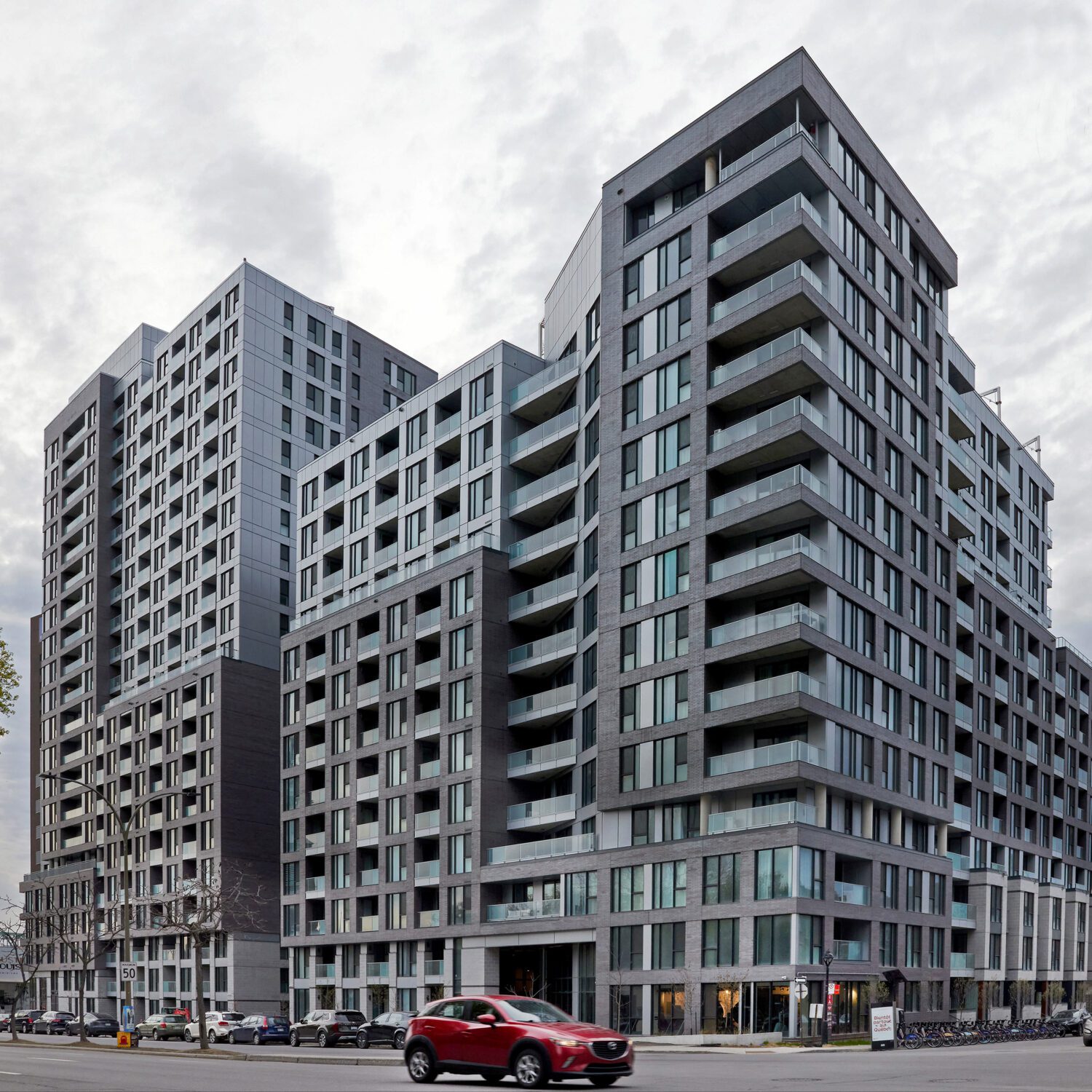
Lights, camera, condos
But the centrepiece of the Quartier des lumières is the Auguste & Louis Condominiums: three towers of 1- 2- and 3-bedroom condos, the first of which was designed by architects Provencher_Roy.
“The new complex being built will occupy and replace the old Radio-Canada parking spaces; it is therefore a unique opportunity to create a new mixed area around the tower,” says Allan Simon, Architect and Partner with Provencher_Roy. “Eventually the area will include new streets, pedestrian paths, and a landscaped park around the residential, office, and commercial districts.”
“The site is a special area for both the establishment of new residences and intensification and diversification of economic activities.”
Even though the new towers seem like separate buildings, the four are intimately connected, says Simon. “They are just one building, connected underground to limit vehicular access from the street,” he explains. “But from an urban perspective, the project has four different buildings in order to create divisions and volumes within the scale of the neighbourhood.”
Named for the Lumière brothers—pioneers of camera and movie technology—the entire project places a strong emphasis on light and projection: while the basilaire of the development is clad in masonry to match the ground-level feeling of Montreal’s Ville-Marie neighbourhood, the upper storeys of the towers themselves are covered in steel cladding meant to reflect and direct light downwards to lower floors and a central courtyard.
Development is still ongoing, with the first of three phases only becoming available in 2023, and the final phase scheduled to be completed in 2027.
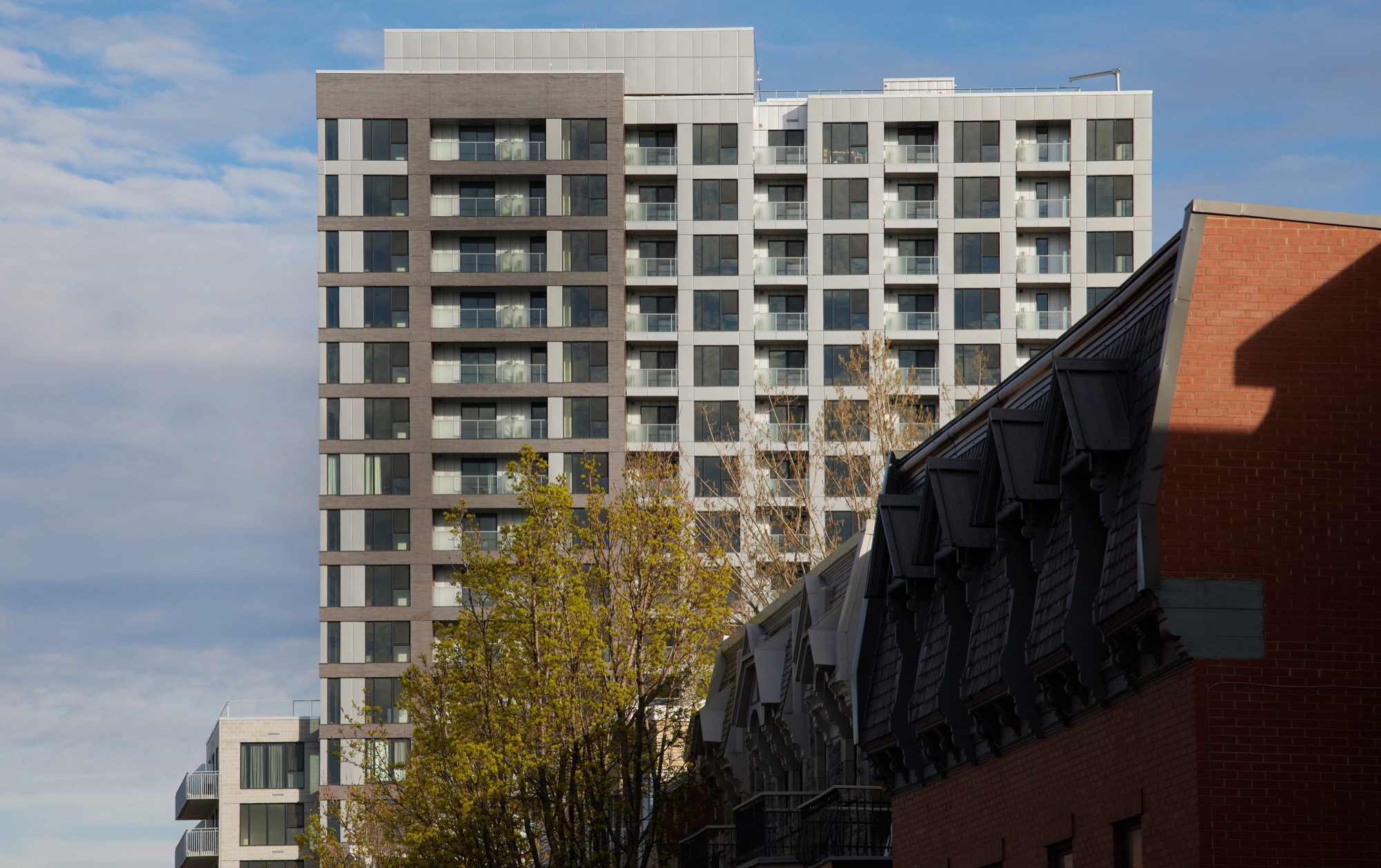
Speedy Steel
Building in the heart of North America’s ninth-largest city comes with a bevy of its own challenges, especially when the development hugs Boulevard René-Lévesque, one of the main thoroughfares in Montreal. It’s an environment unforgiving to long-spanning construction projects, where even minor traffic disruptions can echo throughout the city.
Every construction project is an exercise in logistics and scheduling, of course. But when speaking with Auguste & Louis stakeholders, the importance of timing was what came to the forefront time and time again.
“We had very specific times when we could deliver the materials,” says Yannick Labrie, Account Manager at EB Métal Inc., a Quebec steelmaker who provided flat-rolled steel to the condo project. “We had a hard schedule that we needed to follow.”
Working in Montreal meant that the steel—as well as other building materials—needed to be delivered at specific times during construction, instead of being delivered all at once and stored at the site. And when the towers grew to a height that necessitated using cranes to move materials upwards, street space needed to be rented from the city. That couldn’t have been cheap, which again, Labrie stressed, meant that everything needed to run on schedule.

Studs in the Walls
Adhering to the schedule also stressed the need for using steel throughout the project. Both the Auguste and Louis towers are cladded in flat-roll steel, although that wasn’t the only use of steel in the condos.
“We also supplied steel stud and track, for interior walls,” Labrie says. These were fabricated off-site and then shipped to the build site when needed.
Steel studs are common for residential projects like Auguste & Louis, where the lighter weight, flexibility, and fire resistance are all valuable advantages over typical wooden studs—especially in towers. Steel is also crucial for construction: pre-fabrication allows for much-faster assembly on-site, allowing tradespeople to get into the project faster, and to make sure that scheduled deliveries were able to happen on time.
The flexibility and strength was important in Montreal, a city with strong winds coming off of Mount Royal, says Labrie. “Steel is important, because otherwise buildings just get blown everywhere!” he laughs.
Simon disagrees, slightly, but only because Auguste & Louis were designed with the winds in mind. “The presence of the basilaire in the lower storeys, and the volume of the upper setback storeys, reduce the impact of the wind corridors,” Simon explains.
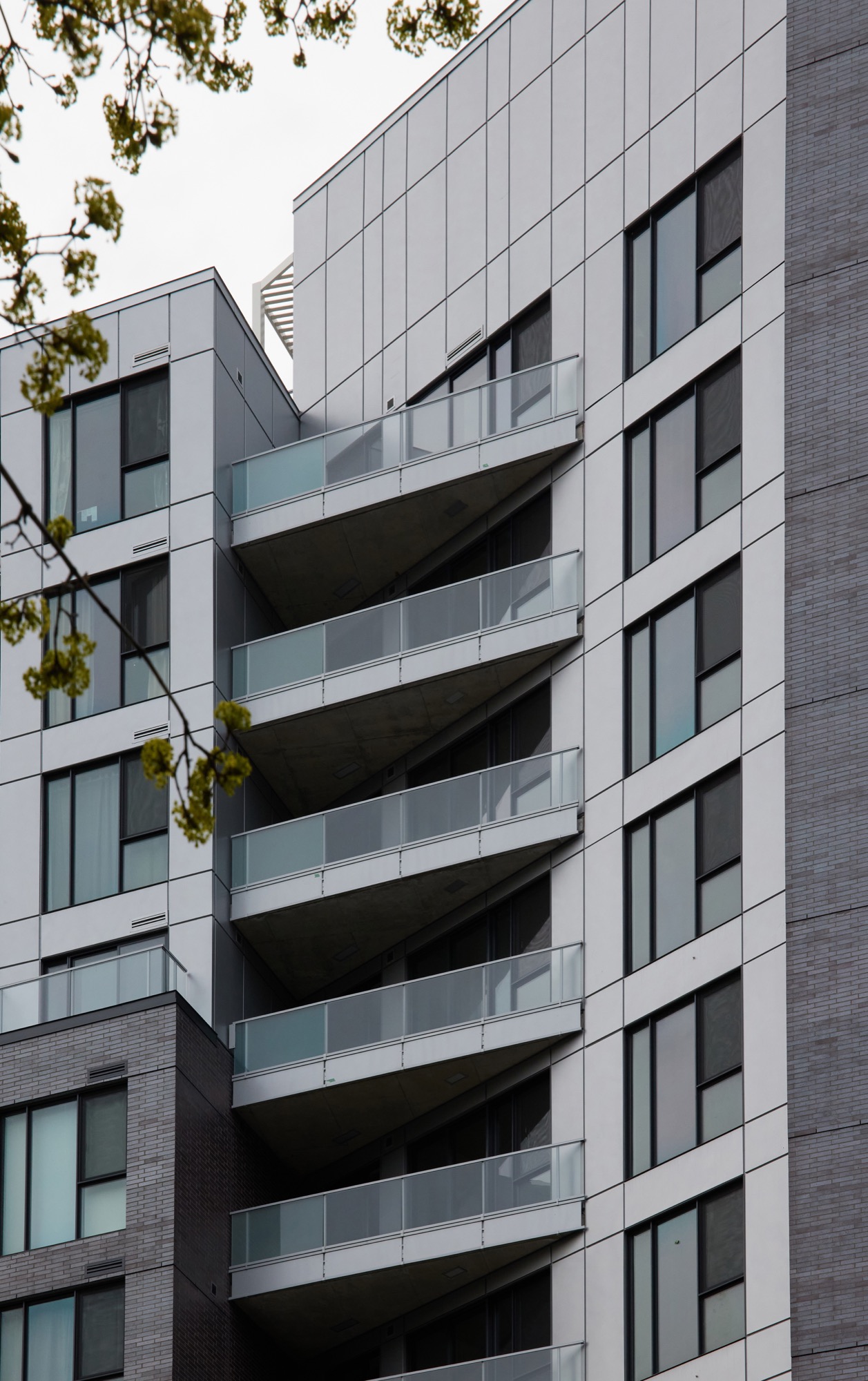
Keeping the feel of Montreal
Above all else, Simon says, the goal was to maintain the unique feel and character of the city, while still pushing the envelope in important ways. “Downtown Montreal has many historical parameters that have to be taken into account,” says Simon. “We needed to ensure a harmonious urban integration of the new buildings with the old.”
That doesn’t mean that Montreal is stuck in the past, however. “There have been lots of changes in this neighbourhood over the years,” Simon adds. “The City of Montreal wants to take advantage of them, too.”
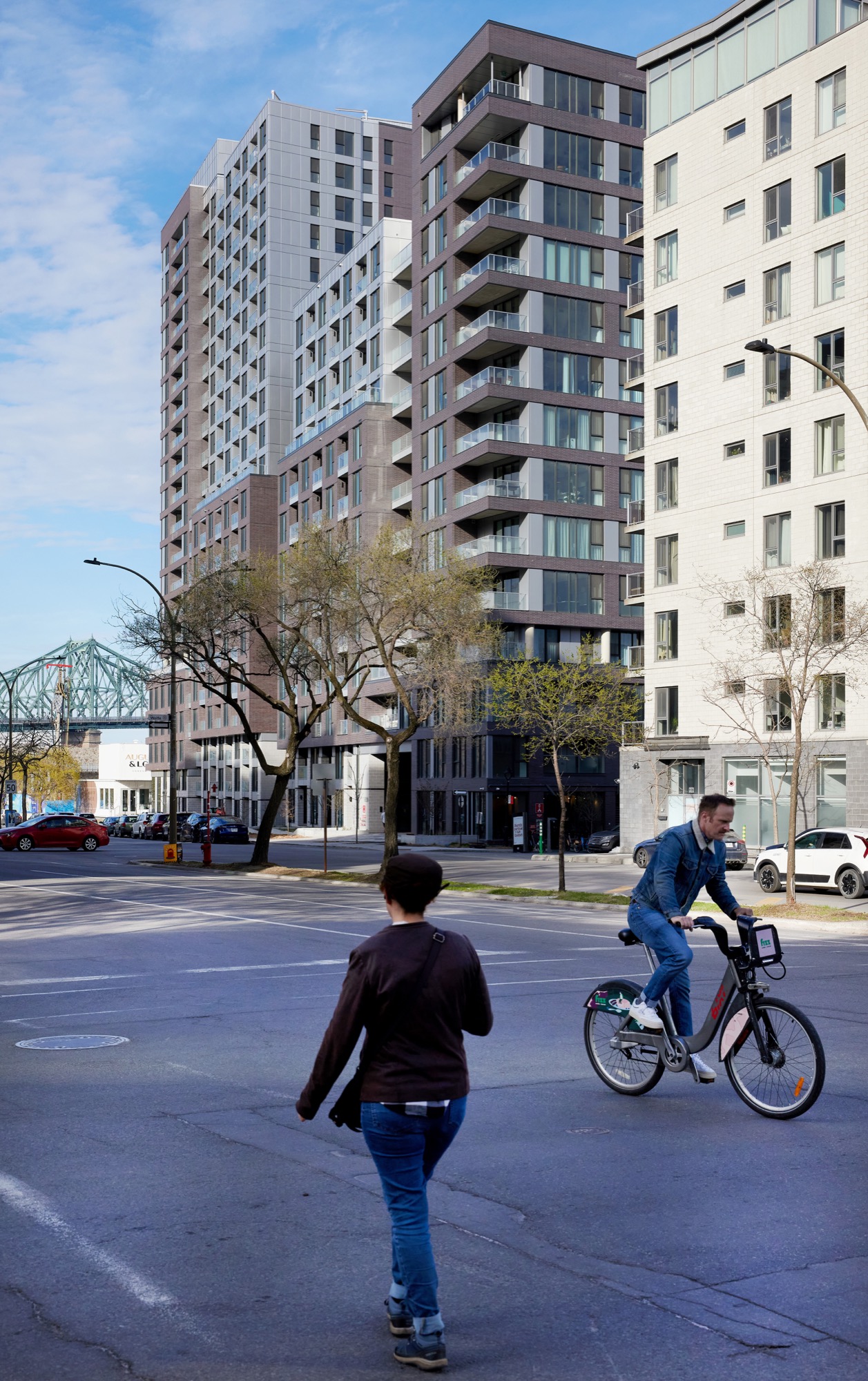
SPECIFICATIONS
DESIGN:
Provencher_Roy
GENERAL CONTRACTORS:
MG Construction
METAL:
EB Metals Inc.
